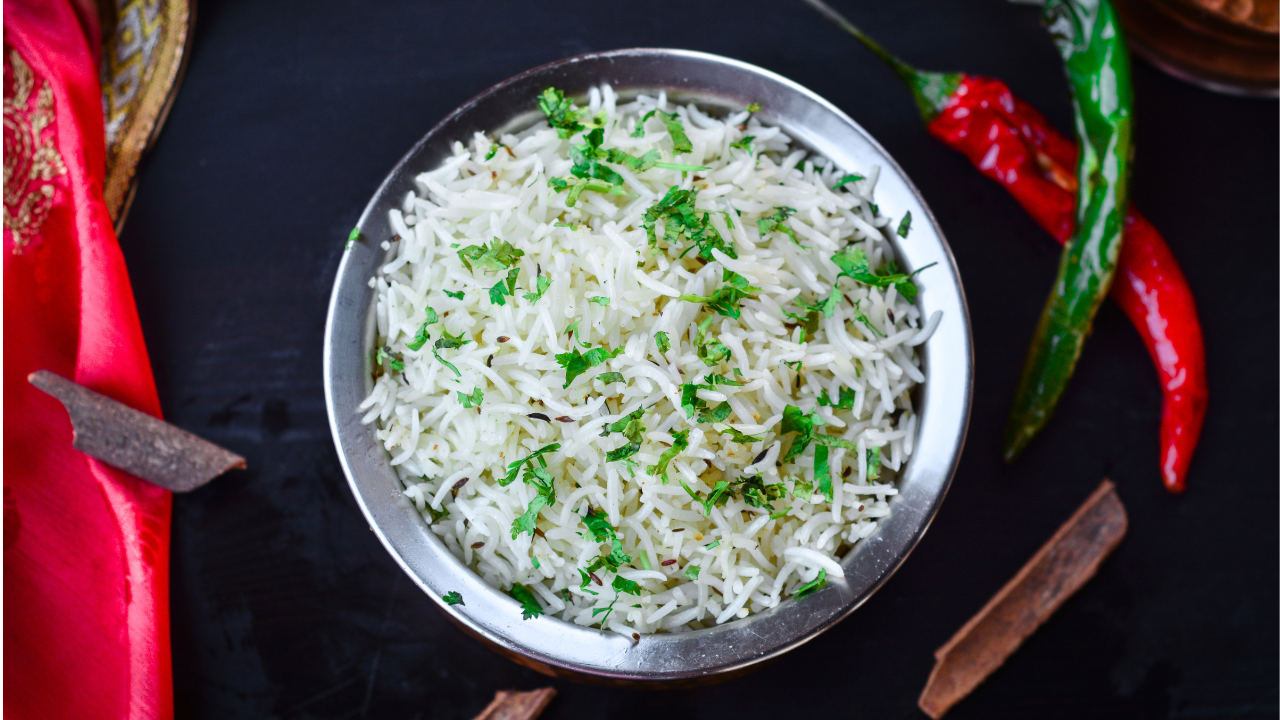THIS Is The Only Right Way To Store Leftover Rice If You Do Not Want To Fall Seriously Sick

Credits: Canva
SummaryUnlike pasta or potatoes, rice is classed as a high-risk food once cooked. In commercial kitchens, chefs treat it with caution. It is rarely kept overnight and almost never used the next day. A hidden bacterium called Bacillus cereus thrives on raw rice and survives even after cooking. And the alarming bit is that if you do not store your rice correctly, this bacterium can multiply, releasing toxins that can cause food poisoning.
End of Article
